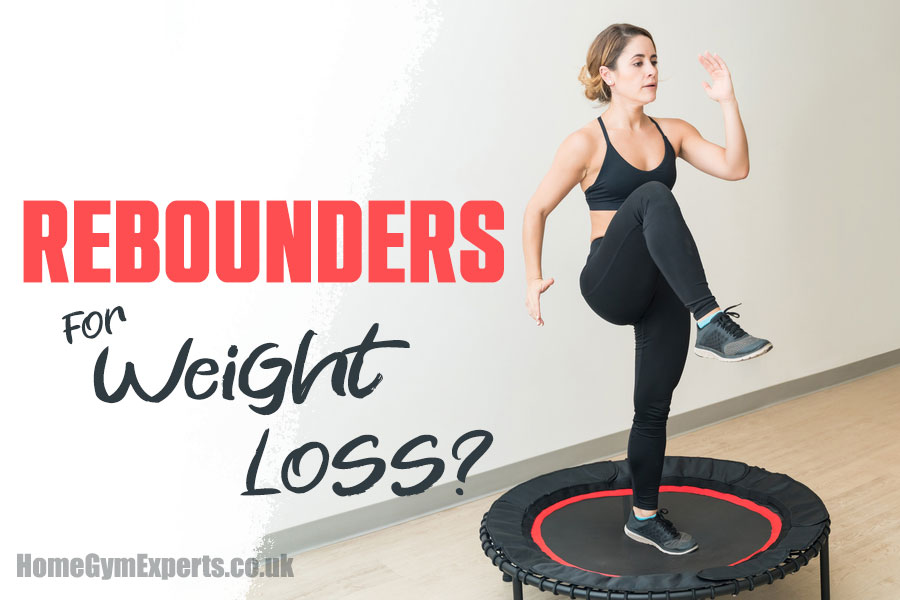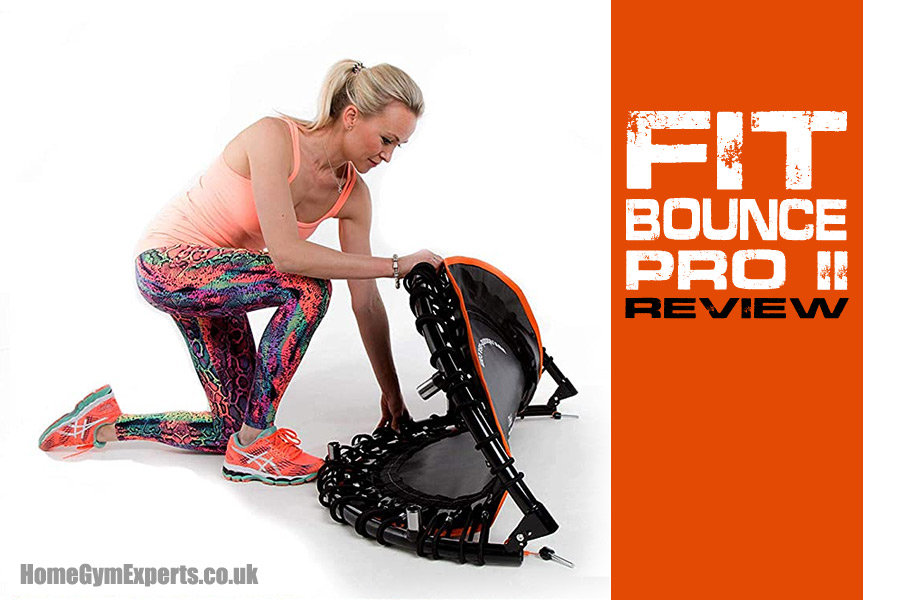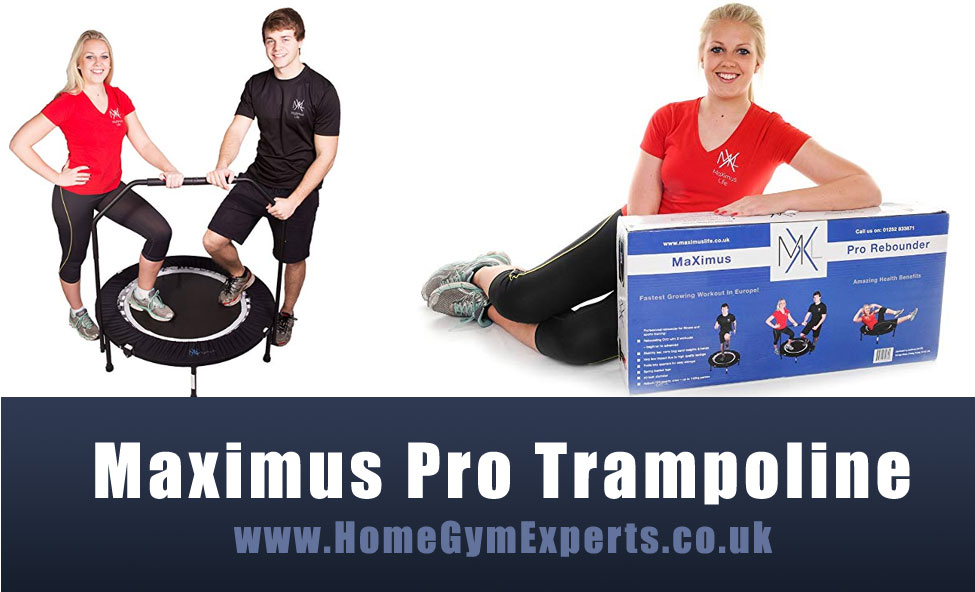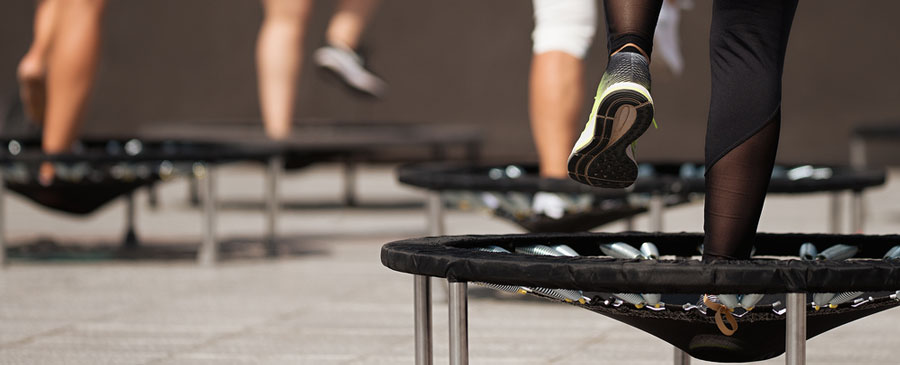
Getting older is a natural process. It comes with its perks – retirement, wisdom, grandchildren – but it also comes with some downsides. Namely, that the body slows down. This can lead to health conditions, a loss of mobility and a decline in quality of life. While this may sound scary, there is a lot that you can do to stave off such decline. In this post, we are going to focus on the benefits of rebounding for seniors and how this fun exercise can support your health.
Rebounding
A rebounder is a mini trampoline that is used to perform a low impact cardio workout. Essentially, a rebounder workout involves jumping, either quickly or slowly and can blend with aerobic stepping. It is usually done to music and involves following an instructor, either in-person or online.
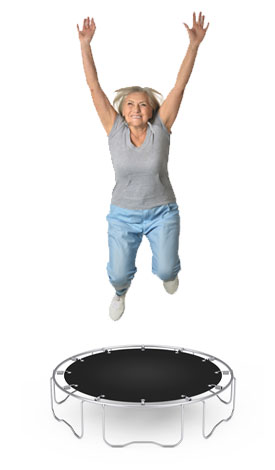 Cardio exercise is extremely important for heart health and protects against a number of health conditions, including heart disease, strokes and heart attacks. Age is an uncontrollable risk factor for these potentially life-threatening illnesses, which is why it is even more important to manage the controllable factors (cardio exercise, diet, smoking, drinking etc.) as you get older.
Cardio exercise is extremely important for heart health and protects against a number of health conditions, including heart disease, strokes and heart attacks. Age is an uncontrollable risk factor for these potentially life-threatening illnesses, which is why it is even more important to manage the controllable factors (cardio exercise, diet, smoking, drinking etc.) as you get older.
Cardio exercise is beneficial for weight management too. No matter your age, pride in your personal appearance will probably motivate you to maintain a trim figure. However, as you get older, your weight becomes increasingly important for your health. Being overweight is associated with an increased risk of the health conditions just mentioned, as well as cancer and diabetes. It also places stress on your joints, which may have weakened with age, causing pain.
Rebounding is a particularly good cardio option for seniors because it delivers these health benefits while being a fun and easy exercise. Importantly, it is a low impact exercise which means that it protects the joints from bearing weight. As just mentioned, the joints weaken with age, so you may find that high impact exercises are no longer an option. Rebounding is comfortable to do and safeguards against injury, meaning that even arthritic people can bounce freely.
Specific health benefits
In addition to the general health benefits that you will garner from doing cardio exercise, rebounding is associated with two specific health benefits. The first is improved balance. The elastic base of a mini trampoline disperses the impact that jumping would otherwise have on your joints.
Once your feet have made contact with the base, your body is forced to maintain its balance against an ever-changing surface. To do this, the tiny muscles responsible for balance are engaged and quickly shift with every bounce.
Without being consciously aware of this process, your body’s balance system is put into overdrive. This is particularly good for seniors because the natural muscle wastage process (which begins in your early thirties) can reduce the strength of these balance muscles, leading to a loss of stability. This makes you more vulnerable to falls.
The second benefit associated with rebounding is its stimulation of the lymphatic system, the body’s natural waste elimination system that includes tissues, vessels and organs. It is important that this system functions properly otherwise harmful toxins can hang around in the body and lead to problems, such as the growth of cancer cells.
Unfortunately, it slows as we age, which is partly why age is a risk factor for so many diseases. Rebounding naturally gets the lymphatic system going by moving fluid around the body and is therefore supportive of overall health.
Are there any risks?
Rebounding is an incredibly safe exercise that is easy for beginners to get to grips with. As mentioned above, the low impact nature of rebounding makes it safe for the joints – even for those with pre-existing joint conditions, like arthritis. You may experience some short-term aches when you begin rebounding, however, this is a normal side effect of starting any new exercise.
The only risk that is associated with rebounding is that of falling if you are someone who has balance problems. This does not mean you should avoid rebounding – indeed, building your strength through rebounding will improve your balance and quality of life – rather you should purchase a rebounder with a front handle that you can hold onto and only bounce gently and slowly until you build up your strength.
Rebounding vs other exercises
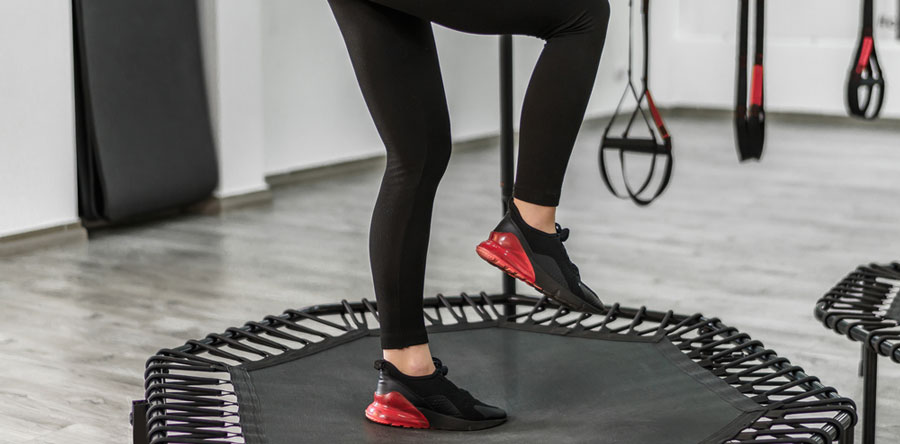
Finally, you may be wondering how rebounding matches up against other exercises. Rebounding carries the benefits of other low impact exercises, such as walking and additionally includes balance and lymphatic benefits. It can also be done in the comfort of your own home at a time that suits you, unlike outdoor cardio.
In comparison to cardio machines, we always recommend that older people avoid high impact machines, such as treadmills, because of the stress they place on the joints. Low impact machines, such as spin bikes and cross-trainers, are as beneficial as rebounding. However, they are more expensive and require storage space. One of the great practicalities of a rebounder is it can be folded up and put behind a sofa or under a bed.
In summary, a rebounder is a fun and effective workout that can be beneficial for all seniors. Be warned though, once your grandkids see your mini trampoline, you might be waiting a while for your turn!



